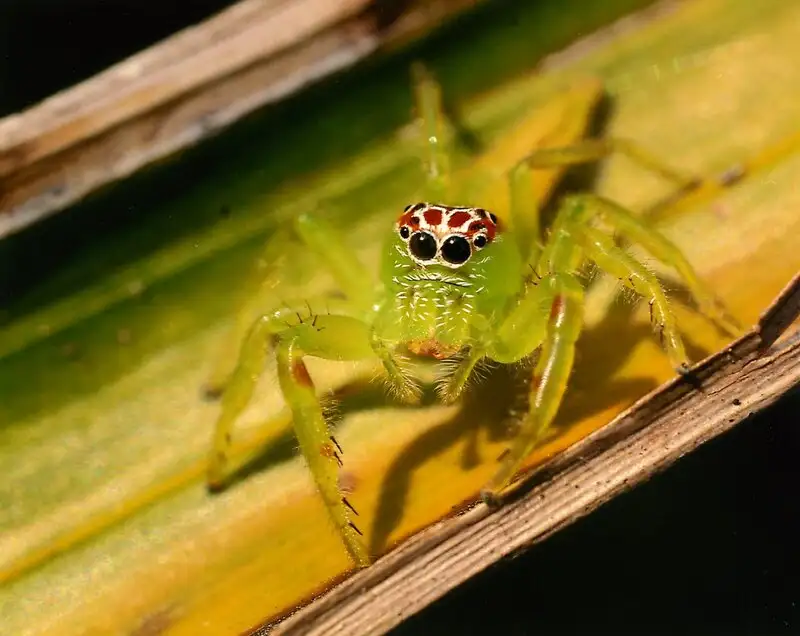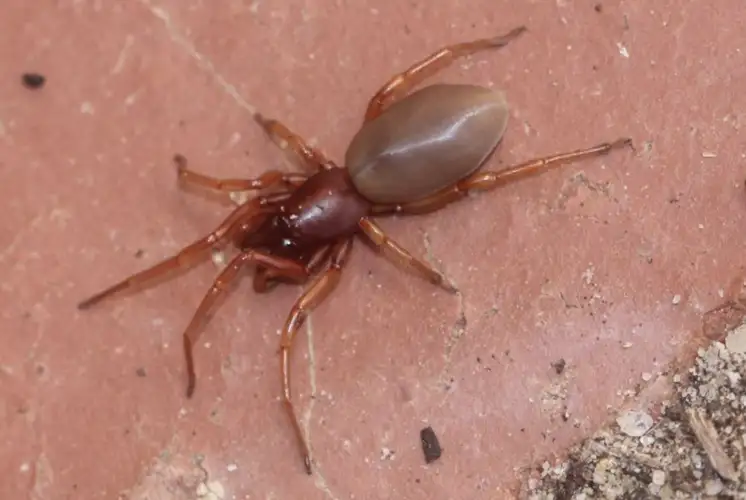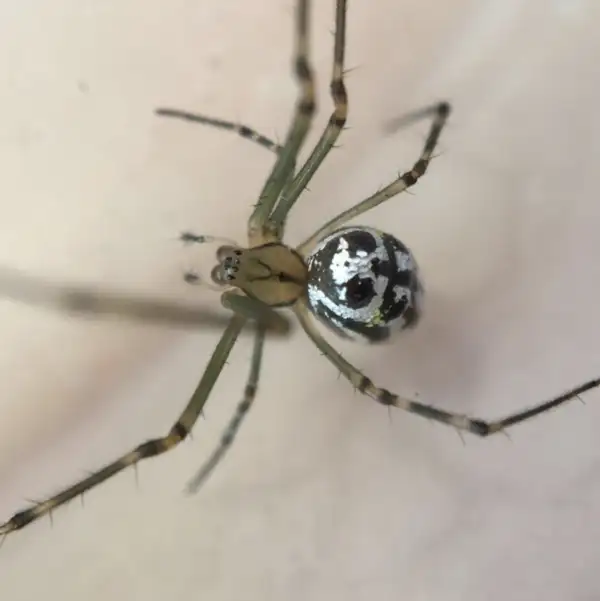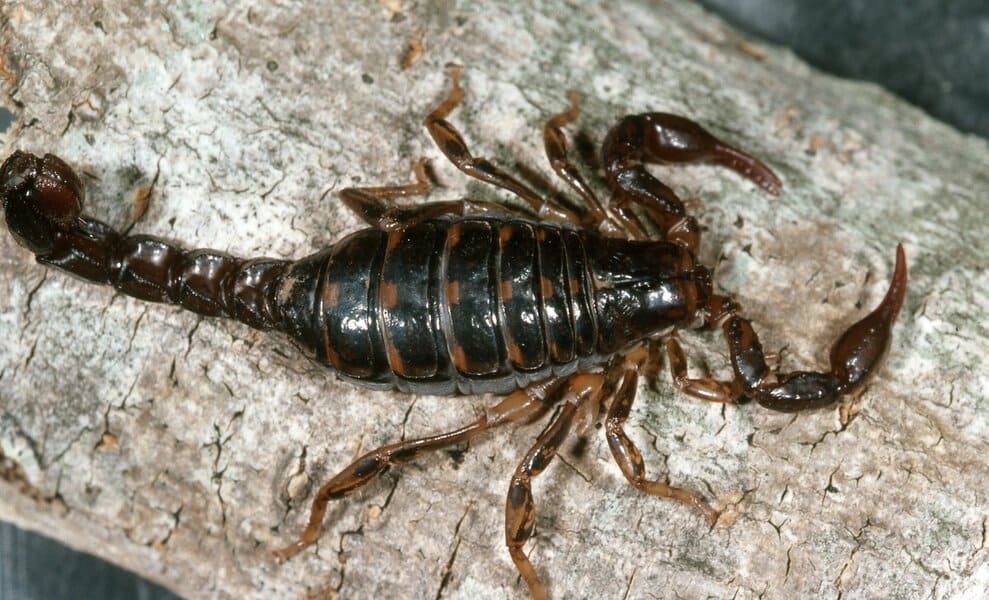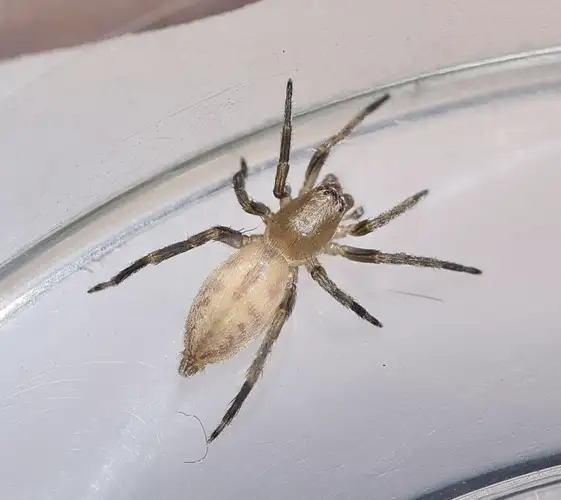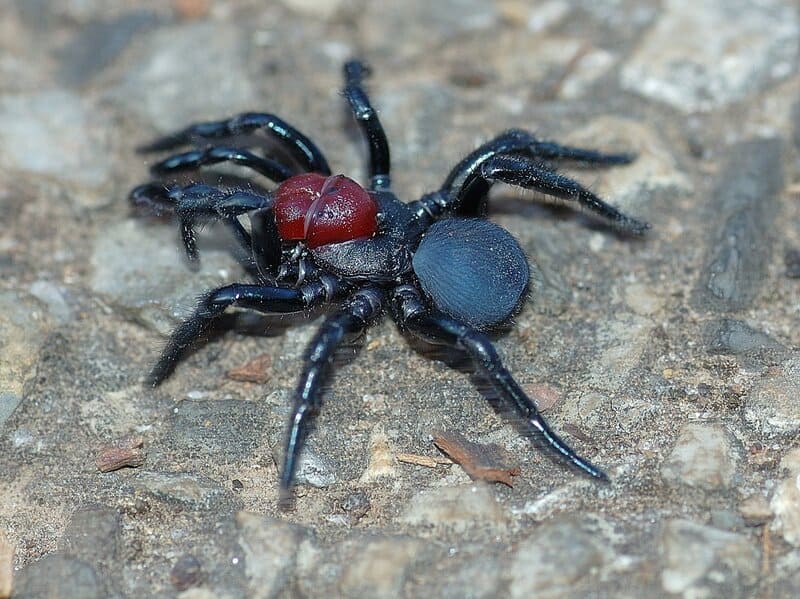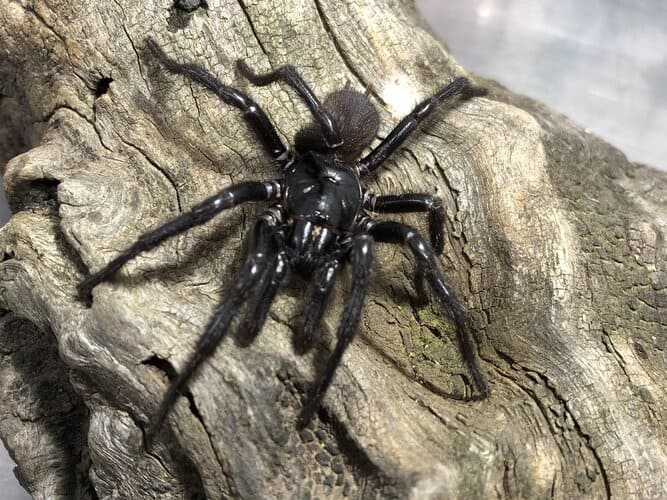Jumping Spiders
IUCN
Not evaluatedBasic Information
Scientific classification
- name:Jumping Spiders
- Scientific Name:Salticidae (e.g. Phidippus spp.)
- Outline:Arthropoda
- Family:Salticidae Phidippus
Vital signs
- length:Generally 3–15 mm body length
- Weight:From a few to several tens of milligrams depending on species and individual
- lifetime:Typically ~1 year; some species 1–2 years
Feature
Excellent vision; agile jumping hunters; diurnal; some species show mimicry and complex courtship displays.
Distribution and Habitat
Found worldwide in forests, grasslands, rocky areas, buildings and gardens, often in sunny, open microhabitats.
Appearance
Compact bodies with large forward-facing eyes; colours vary widely, some species brightly coloured or iridescent.
Details
Jumping spiders are members of the family Salticidae, famous for their excellent vision and agile jumps. Instead of relying on large capture webs, they are active daytime hunters that stalk and pounce on prey, making them some of the most behaviourally complex spiders.
Basic Biology
Scientific scope: Family Salticidae – jumping spiders (e.g. Phidippus spp.)
Size: Mostly small, about 3–15 mm in body length; a few tropical species may be larger.
Longevity: Typically around 1 year, occasionally up to 1–2 years.
Vision & Behaviour
Jumping spiders have a distinctive arrangement of large forward-facing eyes, especially the anterior median pair, which provides high-resolution vision. They can track moving objects, assess distance and execute jumps several times their body length. Many species show elaborate courtship dances and colour displays.
Most are diurnal, hunting in sunlight on leaves, walls, rocks and branches. They creep toward prey and suddenly leap, attached by a silk “safety line”. Some species mimic ants or beetles in both appearance and behaviour, which may help them avoid predators or approach prey.
Diet & Ecology
They feed mainly on small insects and other arthropods, such as flies, aphids and small moths, contributing to natural pest control in gardens and crops. Jumping spiders spin only small silk retreats for resting, moulting or egg-laying, not large prey-catching webs.
Venom & Human Interactions
Jumping spiders possess venom for subduing prey, but their small size and generally mild venom mean that bites to humans arerare and typically no worse than a minor insect bite. They are curious but not aggressive, often retreating if disturbed.
FAQ
Q1. Do jumping spiders jump onto people and bite?
They may jump short distances while exploring, but bites are rare and they are not actively aggressive towards humans.
Q2. Are they venomous?
Yes, they have venom for hunting, but in healthy people any bite is usually mild and short-lived.
Q3. Why do they have such big eyes?
The enlarged anterior median eyes provide sharp vision and depth perception, crucial for accurate jumping and complex courtship.
Q4. Can jumping spiders be kept as pets?
Some colourful species (for example certain Phidippus) are kept by enthusiasts, but they should be obtained responsibly and never released outside their natural range.

